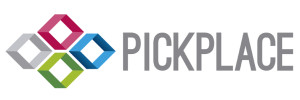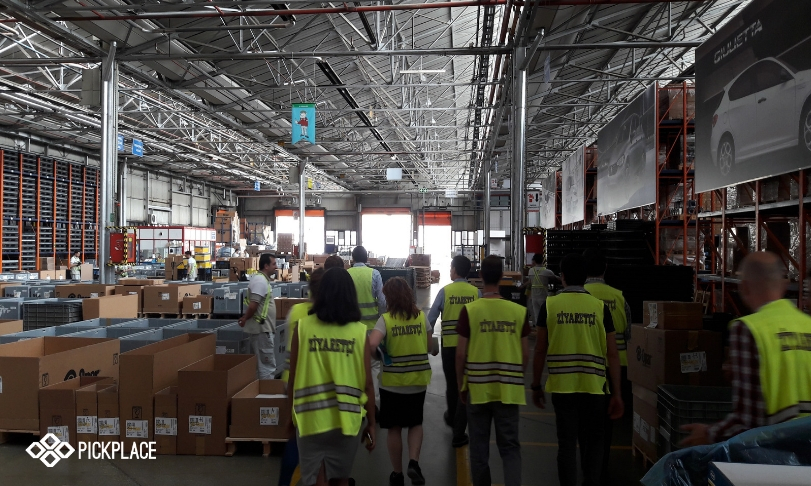Since the project PICK-PLACE started in early 2018, achieving an accurate definition of users’ needs has been one of the most relevant activities.
After elaborating the final version of Deliverable 1.1, we can say this activity has been successfully completed. It is a very important milestone, since users’ needs serve as a starting point for the requirements of the developments to be carried out, as well as for the design of the pilots where results will be validated. This post offers a brief summary of the most relevant conclusions.
The analysis performed so far distinguishes two types of industrial environments: on the one hand, “handling solutions” are providers of handling and packaging equipment to industries that require them in their processes (the case of ULMA Handling Systems); on the other hand, “intra-logistics” are industrial companies with significant material handling and packaging needs as part of their processes (the case of TOFAS). Real examples from different sectors have also been studied: food and beverage, clothing, chemical, grocery and pharmaceutical.
In the case of end-users, the facilities of BESA and TOFAS were visited and their processes analyzed in detail, including a break-down of all the steps and the extent to which they have been automated or are still carried out manually. The products that are dealt with in their warehouses as well as the cassettes, boxes or pallets used were inventoried and classified in terms of size, shape and weight. Taking into account all the information gathered, three pilot scenarios have been defined: order preparation (ULMA), order return (ULMA), and collaborative order preparation for dealers (TOFAS).
General feedback from end-users will also help guide the project’s developments. They demand an autonomous system, smart enough to work unattended and able to cope with unexpected events. Energy efficiency and safety are key, but having no physical barriers is the preferred approach to safety. The solution should help improve workers’ conditions, especially in terms of ergonomics. End-user’s are well aware their product portfolios are increasing, so the system should be able to handle this variety, and fast. The system should also be reliable in terms of reducing mistakes.
Regarding the next steps, a questionnaire has been designed in order to continue gathering information about market needs throughout the entire project. It will soon be available in the website’s upcoming “Forum” section, and will also be used in face-to-face meetings, visits, workshops or other events with industrial companies. The project consortium foresees a plenary meeting in January 2019, which will be held at CNR-ITIA’s facilities and will provide an excellent occasion to continue with the discussion on the implications of this definition of users’ needs.

